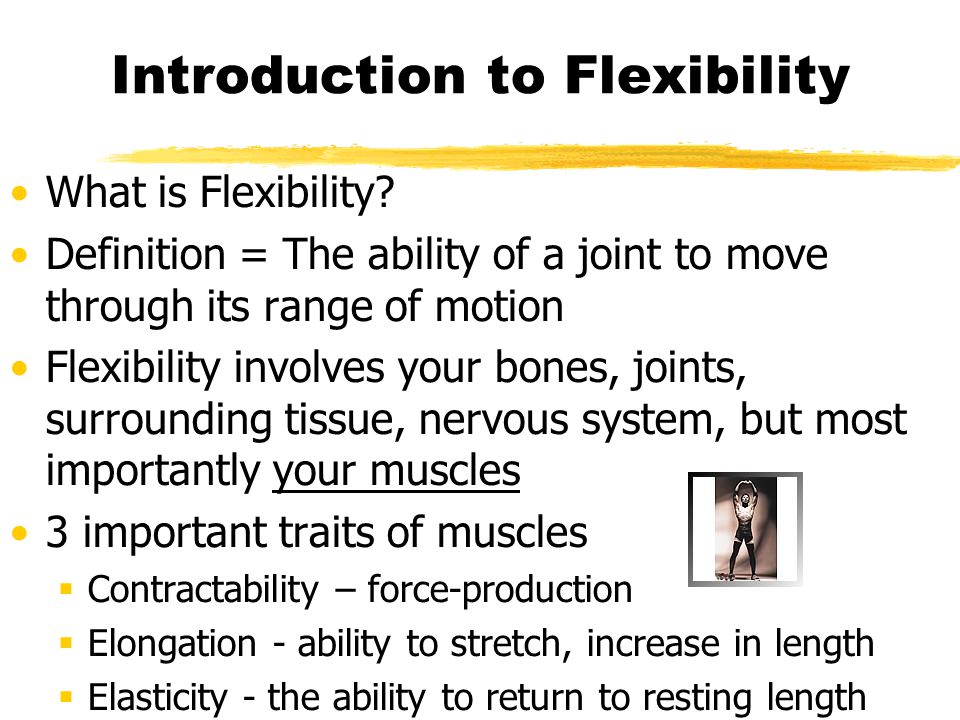
What is Yoga Nidra? This is a powerful way to relax. To relax, you will be asked to lay on your back. You will need to use bolsters to support the lower back. A blanket is also helpful. Yoga Nidra is designed to promote total relaxation. You can choose to meditate in this manner, or you may use it as an aid for healing. This article will provide more details. Yoga Nidra: The benefits.
Meditation
The practice of Yoga nidra is similar to that of meditation. The body falls into a meditative mode that is somewhere between dreaming or wakefulness. The practice can induce sleeping if the practitioner is relaxed enough. When the body is deeply relaxed, the third eye, located behind the eyebrows, is stimulated and the pineal gland is activated. The body releases melatonin during meditation. This hormone is known to improve sleep quality, increase immunity, slow down aging, and promote relaxation.
Yoga nidra is a practice that helps to relax and center the student. It can also help the practitioner to connect with his/her consciousness. The practice allows the student access to his/her inner resource, allowing him/her to experience peace in this moment. The practitioner leads the student through a script. This involves setting up a Sankalpa, also known as resolve. Yoga Nidra is when the student invokes the deepest desires in their lives and then relaxes in this state.

In this meditation, the practitioner first sets a Sankalpa, which is the deepest intention. The next stage requires the practitioner to scan his or herself to identify sensations and breath. The meditation provides instruction on how to breathe to help the practitioner fall deeper into a resting state. Guided visualizations of lights are included in the meditation. Before entering deep meditation, the practitioner is guided through four states in which brain waves are active.
Restorative practice
Yoga Nidra is a class that offers guided meditations that are deeply relaxing. While you hold different poses for 5-10 minutes, your body will feel a slight sensation. Restorative yoga poses help the body achieve physical balance and prevent stress. Many restorative yoga postures can be performed while seated, or supported. Props can be used to hold these poses for several minutes, allowing deep relaxation.
The first phase of Yoga Nidra involves a sequence of energetically-aligned postures. This meditation is designed to help you maintain a calm, balanced, and relaxed state. This stage allows for the body to fully open and breath deeply. The body enters the state of deep relaxation called delta waves during the second stage. The second stage of meditation is deep relaxation and is similar in nature to deep sleep. The last phase of meditation is where the mind is awake but still quiet. It allows for the practitioner to access past memories or subconscious thoughts.
Third stage: This involves lying down in a supported position while you meditate. The practice places the practitioner in an alpha-brainwave, which is a state of deep relaxation that combines conscious thought and subconscious thoughts. It's a perfect way to fall asleep deep and restore harmony to the nervous system. It also helps relieve anxiety, depression, and other physical ailments. Yoga Nidra does not have any known side effects. However, it can be very beneficial for those suffering from stress, insomnia, or other mental disorders.
Therapeutic tool

Yoga Nidra is a wonderful adjunctive therapy for managing both acute as well as chronic conditions. It can be used to recover from trauma or exhaustion, treat pre-surgical and post-surgical conditions, as well reduce chronic inflammation. This is because the process uses the techniques of visualization and positive imagery, which inject healing energy into the affected areas. These are just some of the many benefits. You can read on to find out more.
iRest a specialized technique that can help people manage difficult emotions and regain vital well-being. Many people report feeling more relaxed even after just one iRest sessions. This therapeutic intervention is very affordable and can be performed at home by using a recording. In May, the MUIH will offer Yoga Nidra Level 1 Training. It can be used with other therapeutic methods to relieve anxiety, depression, stress and related symptoms.
Yoga Nidra, a systematic practice, prepares the mind and body for increased awareness and deep revitalizion. The practice is accessible to all levels of practitioners. You can find the entire practice on the two-track Yoga Nidra CD. It can be used in a number of ways, including to ease stress and anxiety. It is beneficial for mental and physical well-being.
FAQ
How does mental illness affect our daily lives and daily activities?
All people are affected by mental illness at some point in their lives. The only difference between someone with mental illness, and those without, is the fact that they do not seek help. Talk to someone about something you are feeling. There are many treatments for depression, anxiety and stress.
What is the importance of mental health?
Mental health is essential for everyone. Mental health is crucial for all people. Maintaining a healthy mind is crucial.
When our minds aren't in the best place, our bodies start to show signs and symptoms of stress. This could cause health problems, such as stomach aches, backaches, headaches, and other issues. To keep our bodies and minds healthy, we must take care ourselves.
Why mental health is important?
Play, work, learning, and love are all important. Our mental health is a reflection of our overall well-being. Mental health refers to the many factors that affect us daily, including our physical, psychological, spiritual, social, and environmental well-being. The good news is that there are many ways to care for yourself mentally, physically, emotionally, spiritually, socially, and environmentally. You don't need to do it all at once. Start somewhere.
Understanding where you are at the moment is the first step towards improving mental health. Take this quiz and find out how much you're doing to support your mental wellbeing. If your score is low, you may want to make some lifestyle changes.
Suppose you scored high, congratulations! Let's now look at what you can do to maintain or improve your mental health.
-
Get enough sleep Your brain will stay sharp and energized if you get enough rest. The American Academy of Pediatrics (AAP) recommends that you get at least 7-8 hours of sleep each night.
-
Exercise Regularly. Exercise releases endorphins, which make you happier and less likely stress. Do 30 minutes exercise five times a weeks.
Statistics
- More than 50% will be diagnosed with a mental illness or disorder at some point in their lifetime.3 (cdc.gov)
- Similarly, for positive mental health, there is likely to be substantial agreement about some typical components (e.g., resilience to stress) 6, and controversy about more atypical components (e.g., career consolidation). (ncbi.nlm.nih.gov)
- It does have some influence, but not nearly as much as we might think, so focusing less on attaining wealth will likely make you happier (Aknin, Norton, & Dunn, 2009); (positivepsychology.com)
- Appropriate nutrition and exercise are likely among the most efficacious and cost-effective positive mental health interventions. (ncbi.nlm.nih.gov)
- Neuropsychiatric diseases are the leading cause of death and disability in the U.S., accounting for 18.7 percent of all years of potential lifespan loss and premature mortality.
External Links
How To
How to find out if you should seek the help of a mental health specialist
These signs will help you determine if you should seek professional help. It is best to see a doctor if you spot any warning signs.
-
You feel like your control is being lost.
-
You have had trouble sleeping.
-
Your thoughts seem to race when you try to concentrate.
-
You think about suicide.
-
You feel hopeless.
-
It's as if life is too hard.
-
You are not interested in the same things that you used to love.
-
You have stopped eating.
-
You are now withdrawing.
-
You may have used drugs or alcohol to manage stress.
-
You have begun to lose friends or family members.
-
You have experienced other physical symptoms such as headaches, stomachaches, backaches, chest pains, etc.
It is imperative that you see a doctor immediately if you are experiencing any of the above symptoms.